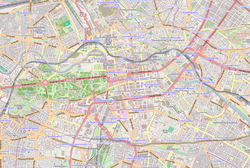
The Ministry for State Security, commonly known as the Stasi, an abbreviation of Staatssicherheit, was the state security service of East Germany from 1950 to 1990.

The Palace of the Republic was a building in Berlin that hosted the Volkskammer, the parliament of East Germany, from 1976 to 1990.
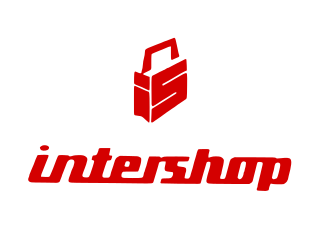
Intershop was a chain of government-owned and operated retail stores in the German Democratic Republic in which only hard currencies could be used to purchase high-quality goods, usually from or associated with Western countries. The East German mark was not accepted as payment. Intershop was originally oriented towards visitors from Western countries, and later became an outlet where East Germans could purchase goods they could not otherwise obtain. An unintended consequence was that ordinary East Germans had some insight into the selection of goods available in the West, which they could then compare with the rather limited offerings available in their own country.

The culture of East Germany varied throughout the years due to the political and historical events that took place in the 20th century, especially as a result of Nazism and Communism. A reflection on the history of arts and culture in East Germany reveals complex relationships between artists and the state, between oppositional and conformist art. In four decades, East Germany developed a distinct culture and produced works of literature, film, visual arts, music, and theatre of international acclaim. Popular culture specialities included among others a high popularity of nudism in Eastern Germany.
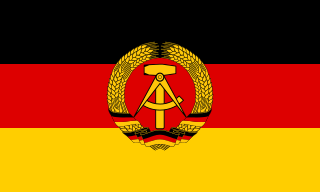
Tourism in the German Democratic Republic (GDR) was organised through the state via Reisebüro der DDR (Travel Bureau of the GDR).

The inner German border was the frontier between the German Democratic Republic and the Federal Republic of Germany from 1949 to 1990. De jure not including the similar but physically separate Berlin Wall, the border was 1,381 kilometres (858 mi) long and ran from the Baltic Sea to Czechoslovakia.

Begrüßungsgeld was, from 1970 until 29 December 1989, a gift from the government of the Federal Republic of Germany to visitors from the German Democratic Republic. This situation originated with the policy of the GDR government restricting the amount of East German Marks (M) that could be exchanged into Deutsche Marks (DM) by GDR citizens when on approved travel to the West. At first, the GDR allowed the exchange of 70 M annually into DM, however by 1989, this sum was reduced to 15 M annually, which greatly restricted the ability of GDR citizens to travel to the West, even if they were approved to do so.
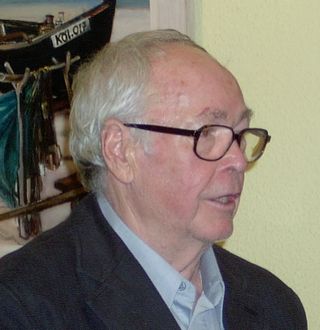
Walter Womacka was a German Socialist Realist artist. His work was pioneering early German Democratic Republic (GDR) aesthetics.
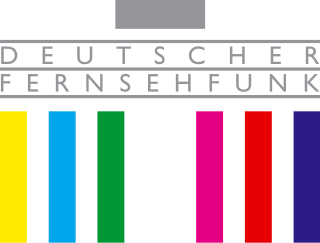
Deutscher Fernsehfunk was the state television broadcaster in the German Democratic Republic from 1952 to 1991.

Central Stadium was a stadium with a capacity of 120,000 in Leipzig which was initially used for matches of SC Rotation Leipzig.

The Tränenpalast is a former border crossing point between East and West Berlin, at Berlin Friedrichstraße station, which was in operation between 1962 and 1989. It is now a museum with exhibitions about Berlin during the Cold War period and about the process of German reunification. It was the border crossing for travellers on the S-bahn, U-bahn and trains going between East and West Germany. It was used only for westbound border crossings. It had separate checkpoints for West Berliners, West Germans, foreigners, diplomats, transit travellers and East Germans.
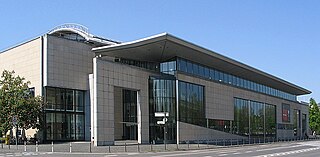
Haus der Geschichte is a museum of contemporary history in Bonn, Germany. With around one million visitors every year, it is one of the most popular German museums. The Haus der Geschichte is part of the Haus der Geschichte der Bundesrepublik Deutschland Foundation, alongside the "Zeitgeschichtliches Forum Leipzig", the "Tränenpalast" at Berlin Friedrichstraße station and the "Museum in the Kulturbrauerei". The foundation's headquarters is in Bonn.
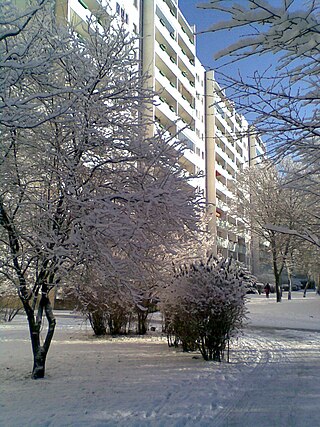
WBS 70 is a type of dwelling that was built in the German Democratic Republic using slab construction. It was developed in the early 1970s by the German Academy of Architecture and the Technical University of Dresden. In 1973, the first block in the city was built in Neubrandenburg and this house is now a historical monument. Of the approximately 1.52 million dwellings constructed in slab construction to 1990, the Type 70 WBS is widespread, accounting for up to 42 percent of housing constructed in the East.
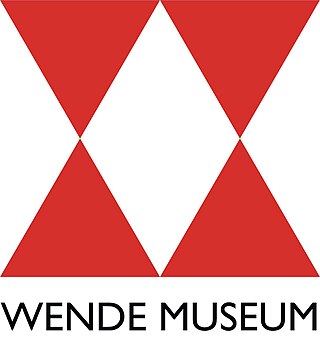
The Wende Museum is an art museum, historical archive of the Cold War, and center for creative community engagement in Culver City, California.

Zersetzung was a psychological warfare technique used by the Ministry for State Security (Stasi) to repress political opponents in East Germany during the 1970s and 1980s. Zersetzung served to combat alleged and actual dissidents through covert means, using secret methods of abusive control and psychological manipulation to prevent anti-government activities. People were commonly targeted on a pre-emptive and preventive basis, to limit or stop activities of dissent that they may have gone on to perform, and not on the basis of crimes they had actually committed. Zersetzung methods were designed to break down, undermine, and paralyze people behind "a facade of social normality" in a form of "silent repression".

Wilfried Stallknecht was a German architect, planner and furniture designer. He was known chiefly for his significant role in shaping Germany's post-World War II built environment – particularly that of the former East Germany (GDR) – through his major contributions to the designs of the country's ubiquitous, iconic and often standardized housing blocks – the so-called Plattenbau – as well as a similarly ubiquitous and standardized single-family house design known as the EW58. He was affiliated with the GDR's Bauakademie from 1959 to 1973 and served as planner for the town of Bernau bei Berlin from 1974 to 1984.
The Museum in the Kulturbrauerei is a museum of contemporary German history. The permanent exhibition focuses on everyday life in the German Democratic Republic. It is located in the Kulturbrauerei building complex in Prenzlauer Berg district in Berlin, Germany.

The fall of the Berlin Wall on November 9, 1989, during the Peaceful Revolution, marked the destruction of the Berlin Wall and the figurative Iron Curtain. It was one of the series of events that started the fall of communism in Central and Eastern Europe, preceded by the Solidarity Movement in Poland. The fall of the inner German border took place shortly afterward. An end to the Cold War was declared at the Malta Summit three weeks later and the German reunification took place in October the following year.

The Borderland Museum Eichsfeld is a history museum located in Central Germany at the former inner-German border between East and West Germany. It deals with the Cold War in general and the German division in specific.

Inner German relations, also known as the FRG-GDR relations, East Germany-West Germanyrelations or German-German relations, were the political, diplomatic, economic, cultural and personal contacts between the Federal Republic of Germany and the German Democratic Republic, at the period of the West-East division in German history from the founding of East Germany on 7 October 1949 to Germany's reunification on 3 October 1990.



